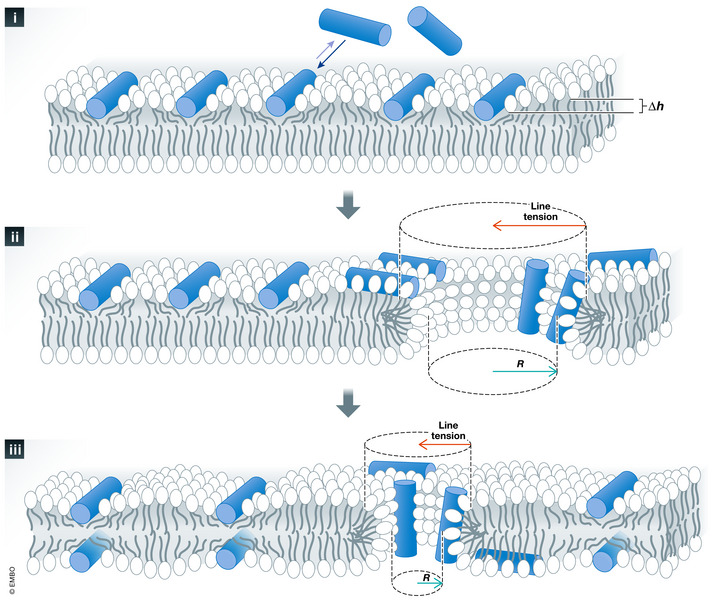Figure 1. Mechanism of pore formation by cationic amphipathic peptides to exemplify the formation and stabilization of a toroidal pore.

(i) Pore‐forming peptides bind avidly to the accessible interface of the lipid bilayer and occupy a volume only in the interfacial region, which causes asymmetric stretching and membrane thinning (∆h). As a consequence, the membrane is stressed and destabilized, so that defects in the lipid bilayer become more likely and eventually a pore is formed (ii). Once the pore is open, a line tension appears at the pore edge due to the extra energy cost associated with the reorientation of the lipids into a highly curved boundary. This tension increases with the pore perimeter and is therefore a line tension. The initial pore grows quickly as long as the membrane tension dominates. But as the pore size grows, so does the counterbalancing line tension too. Furthermore, with the open pore, the peptides redistribute in the membrane by diffusion through the pore to the other monolayer, which reduces the membrane tension due to asymmetric distribution of the peptides. At a certain moment, the line tension becomes predominant and the pore size starts to decrease. However, if the pore‐forming peptides bound near the pore rim are able to reduce the line tension, an equilibrium can be reached with a smaller but stable pore (iii). R = radius, ∆h = change in the thickness of the membrane (absence vs. presence of the protein/peptide mass). Adapted from (Fuertes et al, 2011).
